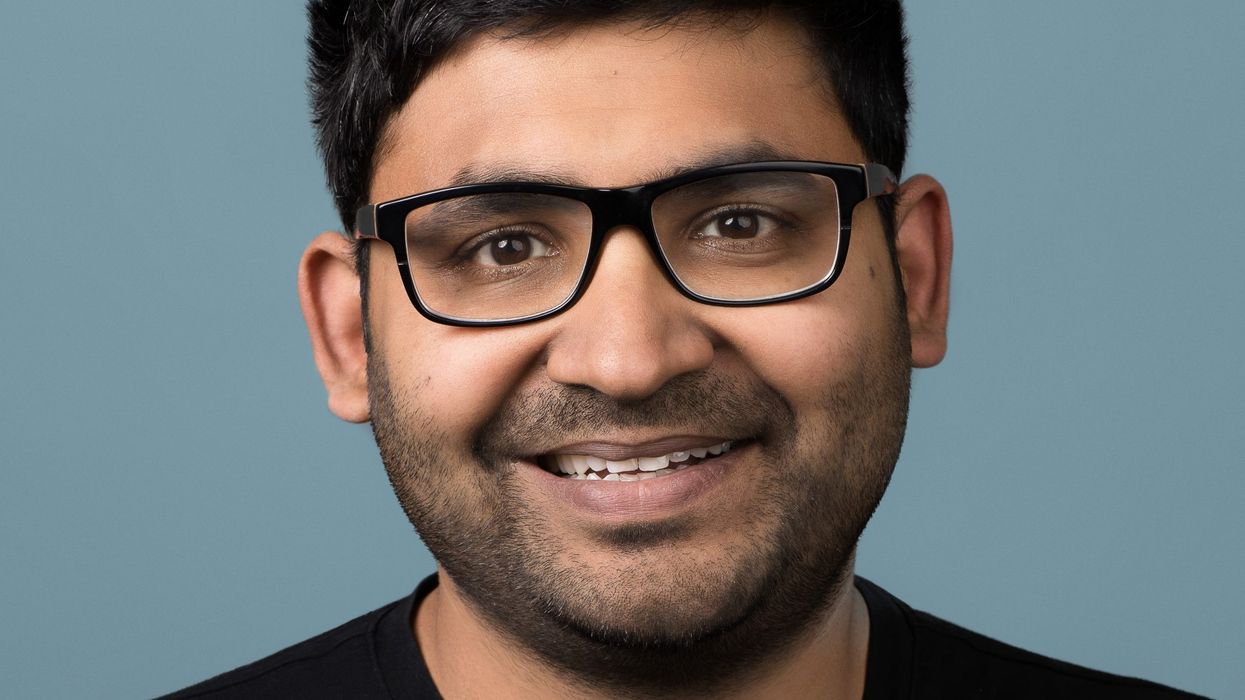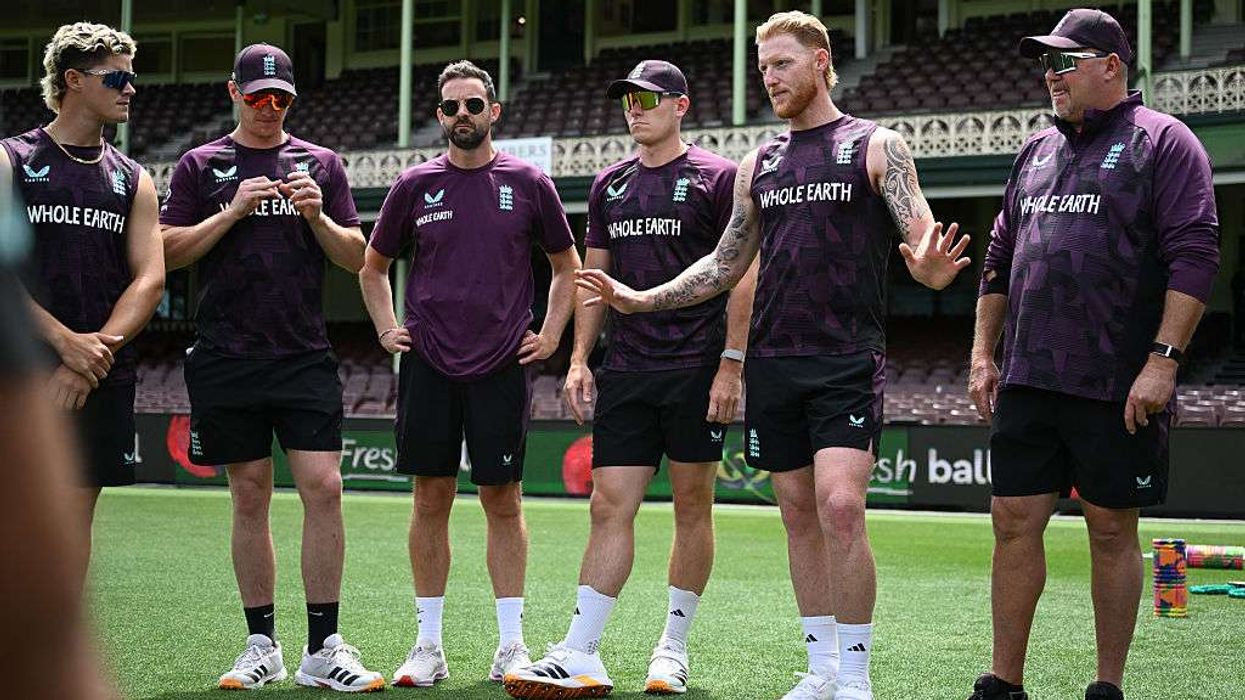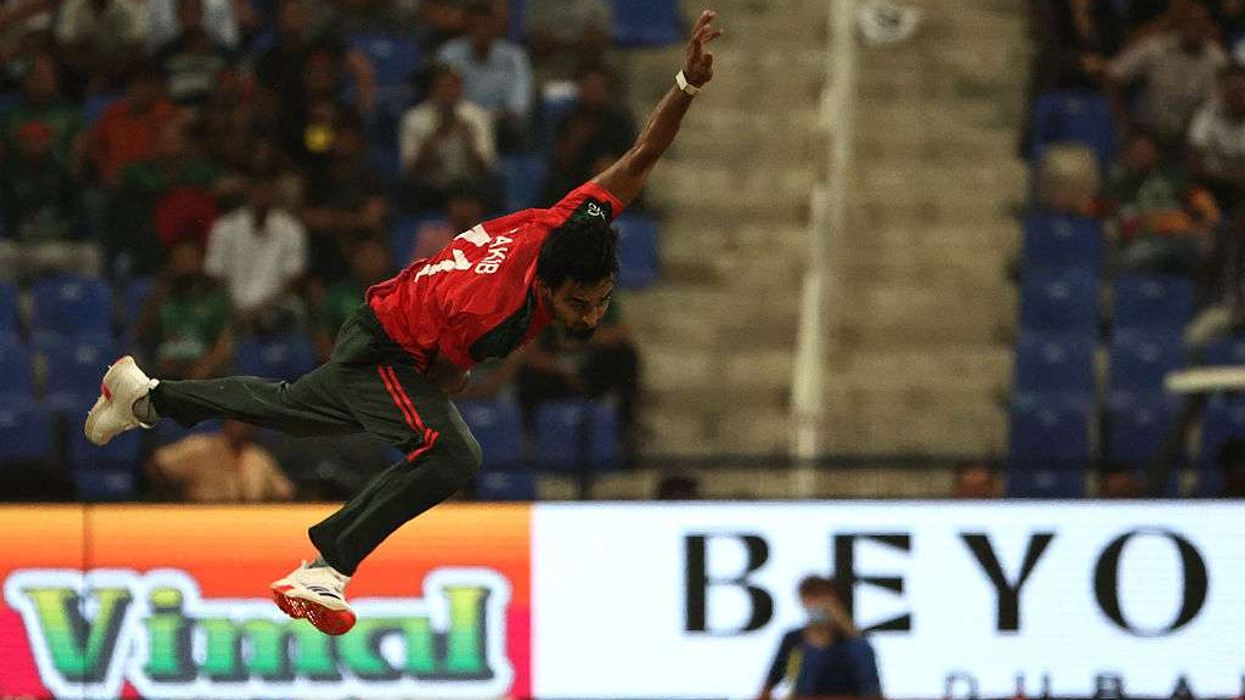PARAG Agrawal, who took over on Monday (29) as the new head of Twitter, shot from relative obscurity as the platform's technology expert to becoming the latest India-born talent to lead a US tech giant.
Unlike his predecessor, co-founder Jack Dorsey, Agrawal enjoyed until Monday a much more low-profile role at the company, with only about 24,000 followers on the platform, compared to Dorsey's almost six million.
But with a tweeted statement that began, "Thank you, Jack, I'm honored and humbled," Agrawal took the reins of a company aiming to steer away from free speech battles and toward growth.
Agrawal is also the latest India-born star tapped to head a major US-based tech company, following the likes of Google-parent Alphabet's CEO Sundar Pichai and Microsoft CEO Satya Nadella.
"He's been behind every critical decision that helped turn this company around," Dorsey wrote of Agrawal in a message to Twitter staff.
"He leads with heart and soul, and is someone I learn from daily. My trust in him as our CEO is bone deep."
Educated in computer science and engineering at the Indian Institute of Technology Bombay (now Mumbai) and holding a PhD from Stanford University in California, Agrawal joined Twitter in 2011 and rose to become its CTO by 2017.
As the head of technology at the firm, he oversaw machine learning and artificial intelligence, as well as the company's broad technical strategy.
These specialties make him a natural choice to replace Dorsey, Creative Strategies analyst Carolina Milanesi told AFP.
"Going forward AI (artificial intelligence) and ML (machine learning) will be more and more critical in making the platform healthier and more engaging for users and more profitable for the company," she said.
"We might also see some more rigor and rational in the decision-making process," Milanesi added.
A profile in the New York Times quoted Jennifer Widom, who led the research lab and served as his thesis adviser, as saying that “even among students at Stanford, Agrawal stood out for his strong grasp of the math and the theory that underpins computer science”.
Prior to being appointed CTO, he “had risen to be Twitter's first Distinguished Engineer due to his work across revenue and consumer engineering, including his impact on the re-acceleration of audience growth in 2016 and 2017,” the company said.
Agrawal was also head of the company's "Bluesky" push to create a more open and decentralised standard for social media.
"I recognize that some of you know me well, some just a little, and some not at all," Agrawal said in an email to the some 5,500 employees at San Francisco-based Twitter.
The platform has grown far less exponentially than its Silicon Valley neighbours and has very meagre net profits compared to the two giants of digital advertising, Google and Facebook's parent Meta.
Profitable for the first time in 2017, Twitter has slipped back into the red several times since.
Dorsey is perhaps best known to the public as the man who kicked Donald Trump off Twitter, the former president's preferred megaphone to rally his fans and assail his critics.
But Agrawal has given indications that he does not view the platform as a venue for working out boundaries of free speech.
In an interview with MIT Technology Review in 2020, Agrawal said the company, which became a focus of conservative rage in the US after banning Trump, should "focus less" on free speech.
"Our role is to serve a healthy public conversation and our moves are reflective of things that we believe lead to a healthier public conversation," he said.
(AFP, PTI)












